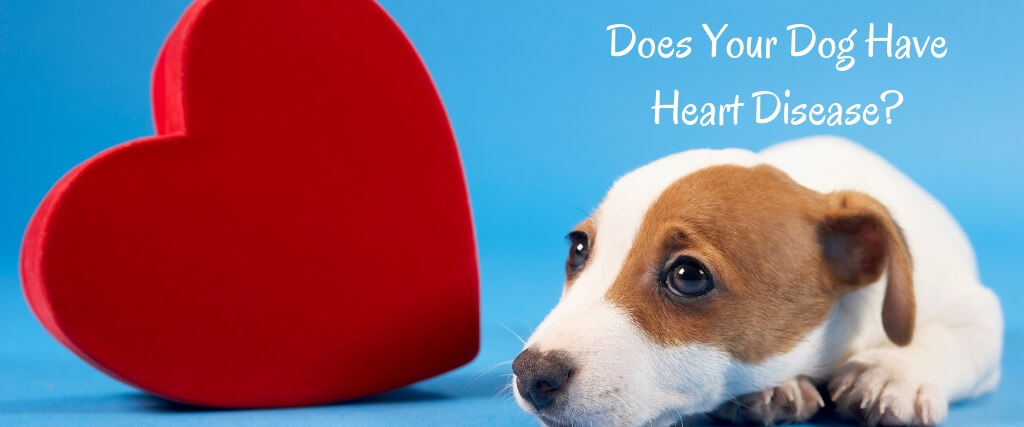Grooming dogs with heart problems can be quite challenging. Make sure you keep up with your dog’s condition, by consulting with your veterinarian first. Heart failure is a progressive condition in which the performance of the “pump” gradually deteriorates.
Dogs with heart problems can live surprisingly fulfilled lives until their hearts finally pack up. Sooner or later, you will be faced to groom a dog with different heart condition and you should undertake this work cautiously but in the knowledge that you can make a valuable contribution to the dog’s welfare.
The heart of a dog that has been diagnosed with heart failure is less able to deal with increased demands for oxygen than a normal, healthy heart. Consequently, you must pay careful attention to how these dogs are coping with the grooming process.
This is always easier if you know the dog and have groomed him before. If, however, you are grooming the dog for the first time, you should check with the owner how the dog usually copes with grooming. If in doubt, it may be advisable to ask to speak with the dog’s vet.
When grooming a dog with heart problems, you should monitor their gum color regularly; this should be done throughout their stay with you. If the gums become paler and the dog starts panting, stop what you are doing. If the dog recovers quickly, this is a good sign. If he fails to recover quickly, veterinary advice should be sought immediately.
Learning which breeds are vulnerable to heart disease will forewarn you of potential problems. Careful monitoring of dogs for signs of stress throughout the grooming process also helps to reduce the risk of serious problems in dogs with heart failure.
Grooming Dogs with Clotting Disorders
Haemophilia is an inherited condition that manifests itself as poor clotting of the blood. It can represent a serious health problem as a small skin wound, a cut or even bruising can result in significant blood loss. Most owners will, providing they know, tell you if their dog is haemophiliac. Some, however, will not and others simply do not know.
The condition is passed on through a recessive sex-linked gene. All males carrying the gene develop the condition, whereas females carrying the gene can either be affected or be carriers.
It follow s then that the gene is recessive because it may not manifest itself in the carrier female but is likely to be passed on to her puppies (with the disease appearing in male dogs further down the line).
s then that the gene is recessive because it may not manifest itself in the carrier female but is likely to be passed on to her puppies (with the disease appearing in male dogs further down the line).
Another name for canine haemophilia is von Willebrand’s Disease. Haemophilia A arises as a result of a failure in the production of clotting factor VIII, whereas Haemophilia B is due to a deficiency in clotting factor IX.
This condition has been recorded in some twenty-five breeds of dog, including the German Shepherd, Doberman, Siberian Husky and many others. White German Shepherd Dogs appear to be particularly affected.The prevalence of this condition varies from area to area depending on local genetics.
It would therefore be sensible to find out what breeds are affected in your own area. A nose bleed or a cut nail quick in these dogs can easily result in an unstoppable bleed that will need veterinary intervention. Such problems are always best avoided and it therefore pays to identify these dogs and treat them with great care.
It may be worth having a specific question on your admission form asking if the dog suffers from haemophilia. Where such dogs are identified, you may, for example, wish to adopt a conservative approach to trimming their nails or may even choose to file them.
Caution!
The heart beat should always maintain a regular rhythm. Learn to detect the dog’s pulse and how to monitor it.
Monitor all dogs throughout the grooming process and frequently rest dogs that are anxious or become stressed, irrespective of their age.
Take particular care with those dogs known to be suffering from hear failure.
Rapid blood loss can result in shock and ultimately death. Don’t rely on the dog’s owner telling you that their dog suffers from a blood clotting disorder. Ask the question and consider requesting this information on your admission form.
Accidents can happen, so learn which breeds are predisposed to haemophilia, especially those bred in your area. Keep client records up to date, particularly the telephone number of the dog’s vet.

